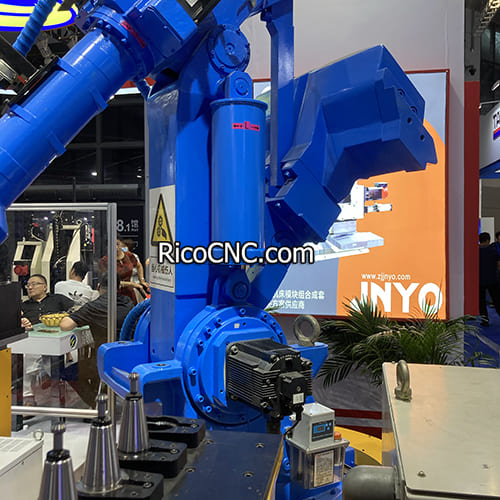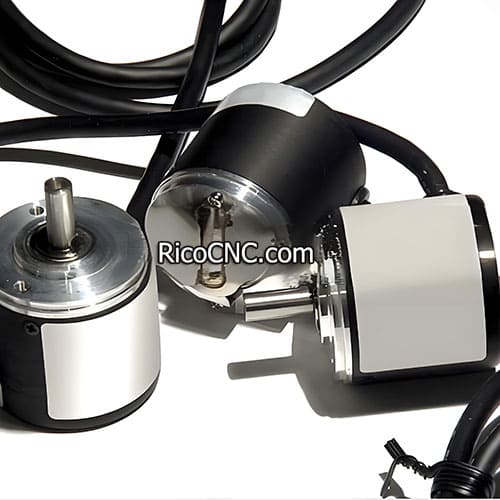
What is the difference between a decoder and encoder?
In the world of data processing and communication systems, encoders and decoders play crucial roles in transforming and interpreting information. While these two components often work hand in hand, they serve distinct purposes and operate in fundamentally different ways. This article will explore the key differences between encoders and decoders, their applications, and how they contribute to various technological processes.
Understanding Encoders: Transforming Data into Signals
Encoders are devices or algorithms that convert information from one format to another, typically for the purpose of standardization, secrecy, or compactness. The primary function of an encoder is to take input data and transform it into a coded form that can be efficiently transmitted or stored.
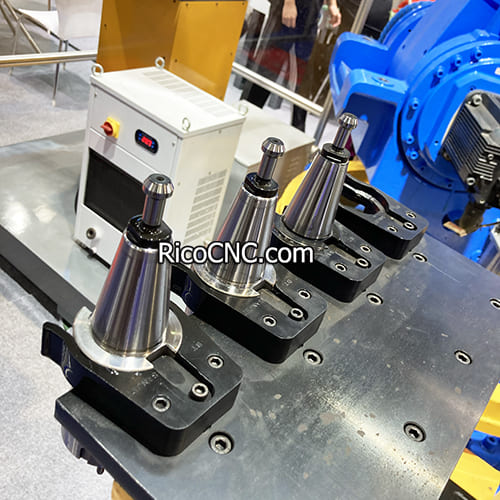
Key Characteristics of Encoders:
Input Processing: Encoders accept raw data or information as input.
Conversion: They convert the input into a predefined format or code.
Compression: Often, encoders compress data to reduce storage space or transmission time.
Standardization: Encoders ensure data conforms to specific protocols or standards.
Encoders find applications in various fields, from digital communication to industrial automation. For instance, in CNC machines, rotary encoders play a crucial role in precisely measuring and controlling motor positions.
Learn more about SGMJV-04ADA61 Yaskawa AC servo motor SGMJV SIGMA5 Rotary Brushless Servomotor
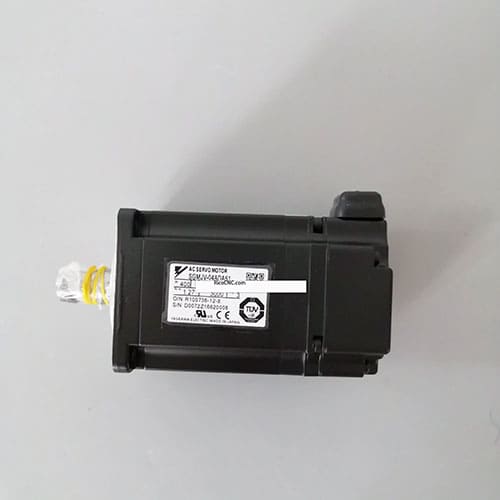
Decoding: Interpreting Signals Back into Usable Data
On the flip side, decoders are devices or algorithms that reverse the encoding process. They take the encoded data and convert it back into its original form or a format that can be easily understood and used.
Key Characteristics of Decoders:
Input Processing: Decoders accept encoded or compressed data as input.
Interpretation: They interpret the coded information based on predefined rules or algorithms.
Conversion: Decoders transform the encoded data back into its original or usable format.
Error Checking: Many decoders include mechanisms to detect and correct errors in the received data.
Decoders are essential in various applications, from digital television receivers to barcode scanners in retail environments.
The Encoder-Decoder Relationship: Two Sides of the Same Coin
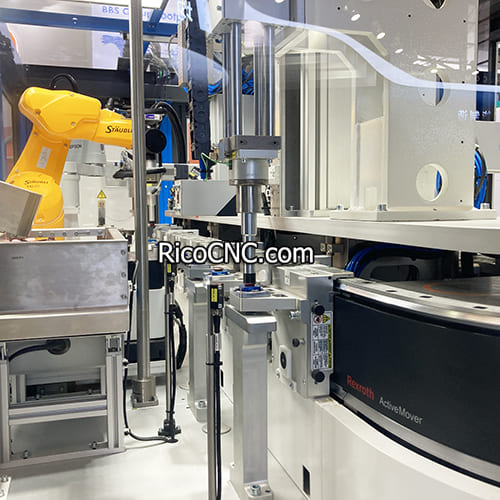
While encoders and decoders serve opposite functions, they often work together in many systems. This relationship is particularly evident in communication systems, where data needs to be encoded for transmission and then decoded upon reception.
Examples of Encoder-Decoder Pairs:
Digital Communication: In digital communication systems, data is encoded before transmission and decoded upon reception.
Video Compression: Video codecs use encoders to compress video files for storage or streaming, and decoders to play back the video.
Cryptography: Encryption algorithms encode data for security, while decryption algorithms decode it for authorized users.
Key Differences Between Encoders and Decoders
To truly understand the distinction between these two components, let’s break down their key differences:
Direction of Data Flow:
Encoder: Input → Processed Output
Decoder: Processed Input → Original Output
Purpose:
Encoder: To convert data into a specific format for transmission or storage
Decoder: To interpret encoded data and convert it back to its original form
Complexity:
Encoder: Often more complex, as they need to efficiently compress or transform data
Decoder: Can be simpler, focusing on interpreting predefined codes
Error Handling:
Encoder: May include error-correction coding
Decoder: Often includes error detection and correction mechanisms
Application Stage:
Encoder: Used at the beginning of a data transmission or storage process
Decoder: Used at the receiving end or when retrieving stored data
Applications in Industrial Automation
In the realm of industrial automation and CNC machinery, encoders and decoders play vital roles in ensuring precise control and accurate data interpretation.
Encoders in Motion Control
Encoders are crucial components in motion control systems, providing feedback on position, speed, and direction. For example, rotary encoders in servo motors help maintain accurate positioning in CNC machines.
Explore SGMGV-05DDA21 YASKAWA AC Servo Motor SGMGV 450W Rotary Brushless Servomotor
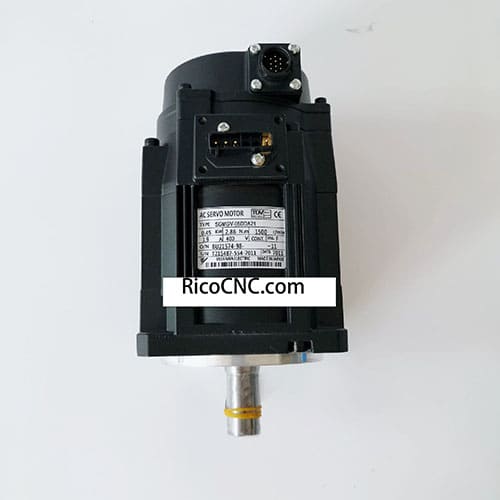
Decoders in Industrial Communication
Decoders are essential in industrial communication protocols, interpreting encoded signals from various sensors and devices on the factory floor.
The Role of Encoders and Decoders in Data Compression
One of the most significant applications of encoders and decoders is in data compression, which is crucial for efficient storage and transmission of large amounts of information.
Lossless vs. Lossy Compression
Lossless Compression:
Encoder: Compresses data without losing any information
Decoder: Restores data to its exact original form
Lossy Compression:
Encoder: Compresses data by discarding some less critical information
Decoder: Reconstructs data, potentially with some loss of quality
Encoders and Decoders in Digital Signal Processing
In the field of digital signal processing, encoders and decoders play a crucial role in converting analog signals to digital and vice versa.
Analog-to-Digital Conversion (ADC)
Encoder (ADC): Converts continuous analog signals into discrete digital values
Decoder (DAC): Converts digital values back into analog signals
The Impact of Encoder-Decoder Architecture in Machine Learning
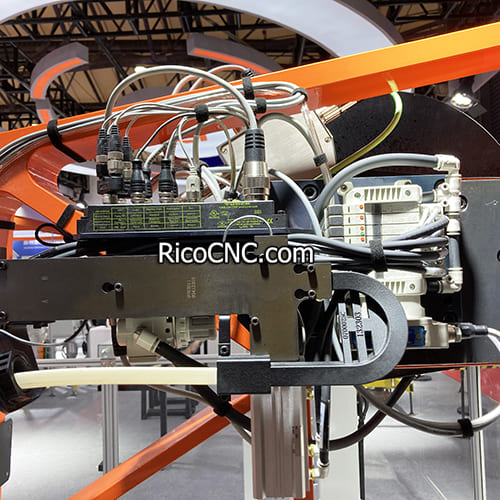
The concept of encoders and decoders has found its way into machine learning, particularly in the design of neural networks for tasks like machine translation and image processing.
Sequence-to-Sequence Models
Encoder: Processes input sequence and compresses it into a fixed-length vector
Decoder: Takes the encoded vector and generates the output sequence
Best Practices for Implementing Encoders and Decoders
When implementing encoder-decoder systems in your projects, consider the following best practices:
Choose the right encoding scheme for your specific application
Implement robust error detection and correction mechanisms
Optimize for low latency in real-time systems
Ensure compatibility with industry standards
Regularly update and maintain your encoder-decoder software or firmware
Discover SGM7J-04AFC6S Yaskawa AC Servo Motor Sigma7 Rotary Servomotors

Frequently Asked Questions
What is the main purpose of using encoders and decoders?
The main purpose of using encoders and decoders is to efficiently process, transmit, and interpret data. Encoders convert data into a format suitable for transmission or storage, often compressing it in the process. Decoders reverse this process, converting the encoded data back into its original or usable form.
Can all encoded data be perfectly decoded?
Not always. In lossless encoding schemes, all encoded data can be perfectly decoded to its original form. However, in lossy encoding schemes, used commonly in audio and video compression, some information is intentionally discarded during encoding to achieve higher compression ratios. In these cases, the decoded data is an approximation of the original.
How do encoders and decoders contribute to data security?
Encoders can implement encryption algorithms to secure data before transmission or storage. The corresponding decoders use decryption algorithms to make the data readable again. This process ensures that even if unauthorized parties intercept the data, they cannot understand it without the proper decryption key.
What’s the difference between encoding and encryption?
Encoding is the process of converting data into a different format for efficiency or compatibility purposes, while encryption is specifically focused on converting data into a secret code for security purposes. All encryption is a form of encoding, but not all encoding is encryption.
How do encoders and decoders handle errors in data transmission?
Many encoding schemes include error-correction codes that add redundant information to the data. Decoders use this additional information to detect and correct errors that may occur during transmission. Some advanced systems can even recover data from partially corrupted transmissions.

Conclusion
The difference between encoders and decoders lies in their fundamental operations and purposes within data processing and communication systems. Encoders transform raw data into coded formats, often compressing or securing information in the process. Decoders, conversely, interpret these coded signals and convert them back into usable data.
Understanding this distinction is crucial in various fields, from digital communication to industrial automation. As we’ve explored, encoders and decoders work hand in hand in many applications, forming the backbone of data transmission, storage, and retrieval systems.
The ongoing advancements in encoder-decoder technology, particularly in areas like machine learning and quantum computing, promise even more efficient and secure data handling in the future. Whether you’re developing communication systems, designing industrial control mechanisms, or working on cutting-edge AI applications, a solid grasp of encoder-decoder principles is invaluable.
By leveraging the unique strengths of both encoders and decoders, we can continue to push the boundaries of what’s possible in data processing and communication, paving the way for faster, more secure, and more efficient technologies across all sectors.







